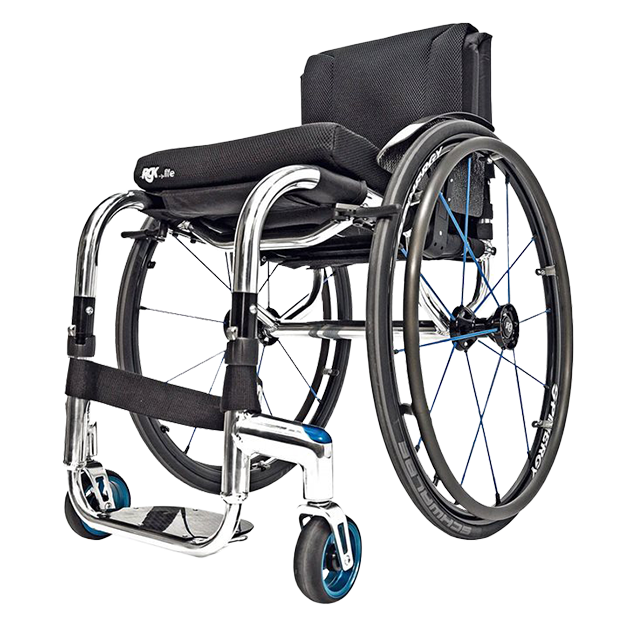A Traumatic Brain Injury (TBI) is a complex injury with a broad spectrum of symptoms and disabilities that often has a profound impact on a person's life. It results from an external force such as a fall, car accident, or a blow to the head, causing damage to the brain. One of the most significant aspects of TBI is its potential to cause mobility issues, affecting an individual's ability to carry out daily activities independently. This article will explore the mobility issues associated with TBI and discuss potential strategies to manage these challenges.
Understanding Traumatic Brain Injury
TBI can range from mild (commonly referred to as a concussion) to severe, involving an extended period of unconsciousness or memory loss after the injury. The effects of TBI can be varied, depending on the severity of the injury, the location of the injury, and the age and general health of the individual.
Common Mobility Issues in Traumatic Brain Injury
The mobility challenges faced by people with TBI largely depend on the area of the brain affected and the severity of the injury. However, some common mobility issues include:
Muscle weakness
TBI can lead to muscle weakness, making it difficult to move certain parts of the body.
Balance and coordination issues
Damage to the brain can affect balance and coordination, increasing the risk of falls and affecting the ability to walk or move smoothly.
Spasticity
This refers to muscles' stiffness or uncontrolled movements and can affect mobility and the ability to control movements.
Fatigue
Individuals with TBI often experience fatigue, which can limit their endurance and ability to participate in physical activities.
Difficulty with motor planning
TBI can affect the ability to plan and execute coordinated movements, a problem known as apraxia.
Managing Mobility Issues in Traumatic Brain Injury
While the effects of a TBI can be challenging, there are several strategies and treatments that can help manage mobility issues:
Physical therapy
Physical therapists can work with individuals with TBI to improve strength, flexibility, balance, and coordination.
Occupational therapy
Occupational therapists can help individuals learn new ways of performing daily tasks and suggest modifications to their home or work environment to improve safety and function.
Assistive devices
Various assistive devices, such as walkers, canes, or wheelchairs, can improve mobility and independence.
Medications
Certain medications may be used to manage symptoms such as spasticity that affect mobility.
Regular exercise
Guided, regular exercise can help improve physical fitness, combat fatigue, and enhance overall mobility.
The Role of Technology in Managing Mobility Issues
Technology plays an increasingly important role in managing mobility issues associated with TBI:
Wearable technology
Devices such as smartwatches can monitor physical activity and provide useful data for therapists to customize rehabilitation plans.
Virtual Reality (VR)
VR can provide a safe and controlled environment for individuals with TBI to work on balance, coordination, and strength training.
Mobility aids
Advanced mobility aids like powered wheelchairs or walking aids can provide individuals with TBI greater freedom and independence.
Conclusion
A traumatic brain injury can result in a range of mobility issues that can affect an individual's quality of life. However, with the right combination of therapies, assistive devices, and technology, it is possible to manage these challenges and enhance independence. The advancements in medical technology provide hope for even better management strategies in the future, further improving the quality of life for individuals living with TBI.





